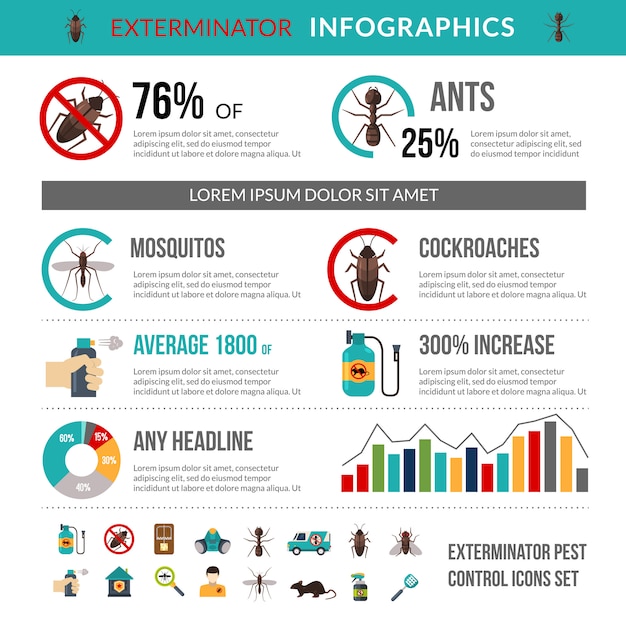Gaining Expertise On The Actions Of Rats For Efficient Measures In Rat Control
Gaining Expertise On The Actions Of Rats For Efficient Measures In Rat Control
Blog Article
Writer-Bang Iversen
Have you ever before questioned why rats seem to be so evasive and challenging to regulate? Comprehending the behavior of rats is key to efficiently handling their populations.
By obtaining insight into their interaction patterns, feeding routines, and nesting and reproducing habits, you can develop methods that will assist you keep these pesky rodents at bay.
So, allow's explore the interesting world of rat habits and uncover exactly how this expertise can empower you in the battle versus these undesirable home guests.
Interaction Patterns
To recognize rat habits, it is essential to examine their communication patterns. Rats are extremely social creatures and count on communication to survive and prosper in their environment. check it out use numerous kinds of communication to convey details to various other rats in their group.
https://how-to-remove-raccoon-eye17395.blog-mall.com/24929382/bid-farewell-to-parasites-discover-the-secret-to-finding-trusted-pest-control-specialists-near-you-banish-insects-for-good-with-our-specialist-ideas of rat interaction is their articulations. Rats generate a large range of noises, including squeaks, tweets, and babbling, which offer different functions. These vocalizations can express worry, hostility, and even satisfaction.
Along with https://how-to-remove-raccoons-fr27160.thelateblog.com/24898057/tips-for-locating-trustworthy-pest-control-professionals-in-your-area , rats likewise connect through body language. They utilize their tails, ears, and postures to communicate messages to other rats. As an example, an upright and puffed-up pose might suggest prominence, while a flattened position might suggest entry.
Feeding Behaviors
Rats' communication patterns supply insight into their feeding routines. Understanding exactly how rats feed can aid us far better regulate their populations. Here are 5 bottom lines regarding their feeding practices:
- ** Omnivorous diet plan: ** Rats are opportunistic eaters and will eat almost anything they encounter. From grains and fruits to meat and also garbage, their diet is exceptionally varied.
- ** Hoarding behavior: ** Rats have a natural impulse to hoard food. They'll accumulate and store excess food in covert places for later consumption, making it testing to find and remove their food sources.
- ** Nocturnal feeding: ** Rats are largely nighttime creatures, indicating they're most active during the night. They choose to feed under the cover of darkness when they feel much safer and less most likely to come across killers.
- ** Water dependency: ** Rats require a consistent resource of water to endure. They'll commonly seek water resources near their feeding areas, such as leaky pipes or open containers, to please their hydration requires.
- ** Feeding on actions: ** Rats are highly competent scavengers, which permits them to flourish in metropolitan settings. They'll look for food in garbage bins, dumpsters, and other areas where human waste exists.
Nesting and Reproduction Actions
Nesting and breeding behavior in rats includes the development of detailed burrows and the establishment of hierarchical social structures.
Rats are known for their capability to dig complex systems of tunnels, which act as their nests. These burrows supply sanctuary, security, and a safe place for breeding. The nesting habits of rats is driven by their instinct to find a secure and comfy room for elevating their young.
Within these burrows, rats establish an ordered social structure, with dominant people inhabiting greater placements. This hierarchy identifies access to resources such as food and mates.
Reproducing habits in rats is defined by territoriality, with men contending for the opportunity to mate with females.
Comprehending the nesting and breeding actions of rats is important for effective rat control approaches.
Conclusion
So, now you have a far better understanding of the elaborate globe of rat actions. These smart creatures have distinct interaction patterns and show remarkable feeding habits.
Their nesting and reproducing habits, while respected, can be a delicate topic. By gaining understanding into their behavior, we can come close to rat control with more empathy and performance.
Bear in mind, attending to the visibility of these resourceful rodents requires a nuanced technique that respects their natural instincts.
